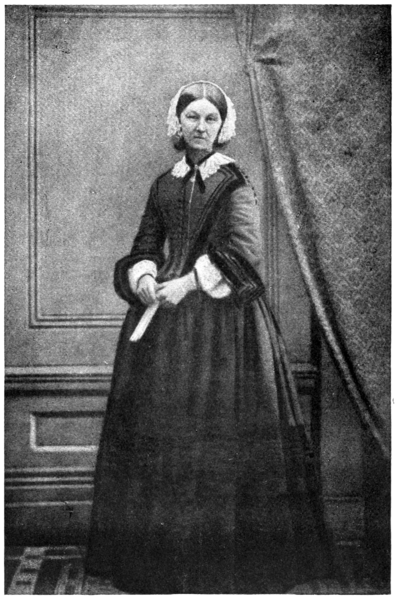Happy New Year to my readers! I wish you all the best in 2012. The turn of the new year is a time when the present breaks away, actually and symbolically, from the past. It is a time when our thoughts often turn to what is next and to what we will do to make the future different from what has come before. As I reflected on where to go next here at "Ghosts of 1914," I thought I would mention a text that has a lot to do with the boundaries between past, present, and future: Lytton Strachey's Eminent Victorians, published in 1918.
 |
| One of my favorite paintings in the whole world: Dora Carrington. Lytton Strachey, 1916. National Portrait Gallery, London, Item NPG 6662 |
Though this quartet of biographical portraits concerns celebrated figures from the Victorian era, it speaks volumes about the distance that some modern Britons wanted to put between themselves and that storied recent period in England. For Strachey, a Bloomsbury Group pacifist and conscientious objector who wrote the four biographies over the war years, Eminent Victorians was a way of taking a stand against the past's power to define the present and future. We might consider Strachey's position on the war to be one of unwillingness to believe that the sacrifice of individual lives was a fitting price to pay for the upholding of a propagandistically rendered British identity built on dusty Victorian ideals.
 |
| Florence Nightingale, ca 1858. Portrait used in Eminent Victorians, 1918. |
Strachey sought to change the way we regard illustrious people of the past. Rather than granting them some kind of exalted, almost superhuman status, Strachey wanted us to consider the residents of history as people, just like ourselves. Strachey's portraits, which are meticulously detailed, fussy, unsparing, and often hilarious, don't allow his readers to envision his subjects--General Gordon, Cardinal Manning, Florence Nightingale, and Thomas Arnold--as heroes or immortals. Rather, they insist on the flawed but ultimately more accessible, realistically-proportioned, humanity of these four people.
Among his other writings, Strachey would go on to pen a sensational biography of Queen Victoria, which was published in 1921. About his skillful and realistic representation of the monarch, Strachey's friend Virginia Woolf wrote that, "in time to come [his] Queen Victoria will be Queen Victoria," (Woolf, "The Art of Biography").
 |
| W. & D. Downey. Queen Victoria, 1897. National Portrait Gallery, London, Item NPG x12984 |
Using writing as a tool for pacifism was a remarkable project, and Strachey's efforts to bring down the idols of the recent past so that modern Britons could be free of their firm hold on national and cultural identity are an essential aspect of Great War era British literature. For Strachey, there was hope that writing lives was a way of saving lives.
© Fiona Robinson
No comments:
Post a Comment